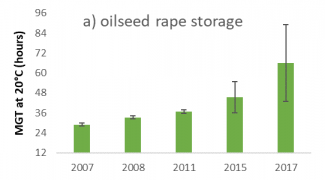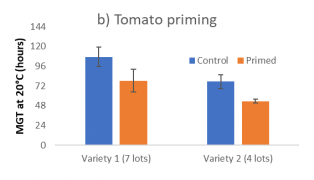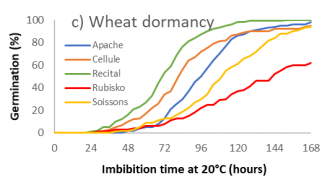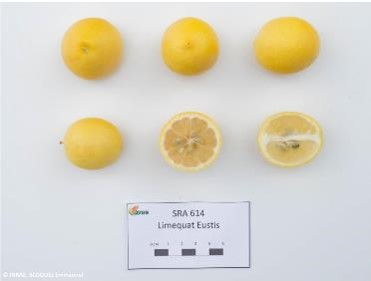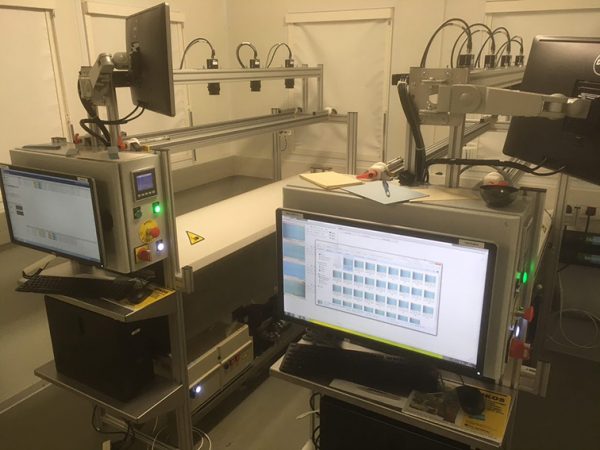
Ready, Steady,…Germinate!
Why monitor germination rate?
Seed deterioration occurring during seed maturation on the mother plant, after harvest, or during storage is largely responsible for declines in germination rate and ultimately germinability loss in many crops. Germination time courses have been widely used to assess changes in the pattern of germination of single seeds. These time courses have been automated using digital imaging which facilitates their use in seed testing laboratories. Automation of germination curves allows a high throughput assessment of seed ageing and germination responses to abiotic stresses.
For example, one seed lot of oilseed rape has been stored for 10 years and its germination time has regularly increased (a). Priming effect can be quantified on tomato seeds (b). Dormancy after harvest can be compared between several wheat cultivars (c) and sunflower genetic resources can be screened for their cold tolerance during the first stage of the plant cycle (d).
For seed testing

